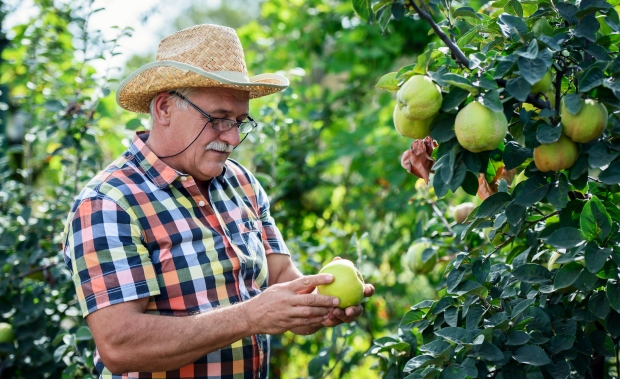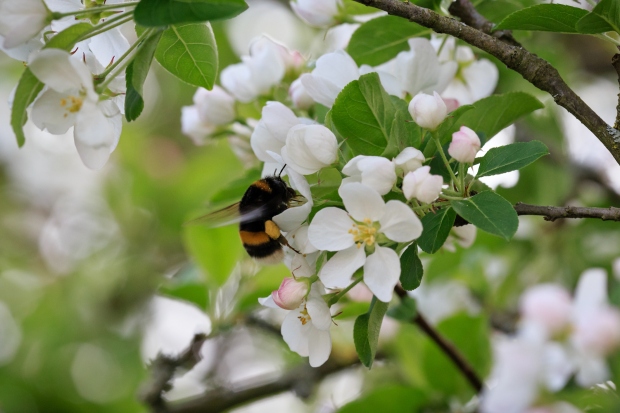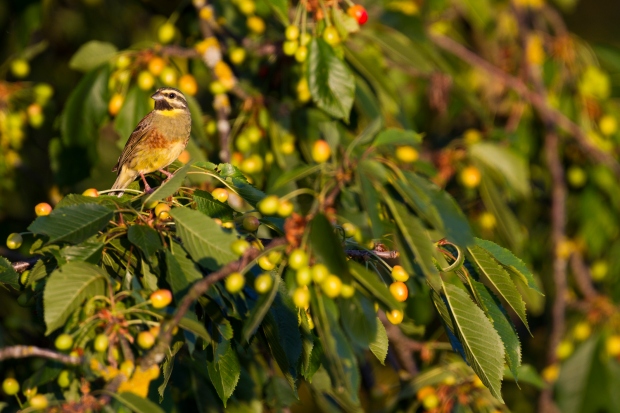Encouraging Fruit on Trees
Figuring out why your fruit tree isn’t producing can be tricky, and you may have to try out several solutions before you hit on the correct one. But don’t get discouraged; trees require patience and sometimes a little extra help to begin fruiting. They also have natural variation from year to year, so your problem may be solved just by waiting.

Troubleshooting
Overall Health
Does the tree have any obvious signs of disease? Are there pests? Is it otherwise growing well? An unhealthy tree will not have the resources to put toward developing fruit, so this is your first checkpoint to troubleshoot potential problems. If you identify anything that could be causing the tree to experience stress, you will need to remedy that before the tree can be expected to produce fruit.
Flowers
A tree needs flowers in order to create fruit, so the presence (or absence) of flowers can give you important information about what’s going on with your tree.
When Will a New Tree Bear Fruit?
Young trees need to reach a certain level of maturity before they can be expected to bear fruit. In most cases, your tree will take anywhere from two to four years after being planted before it produces fruit.

Solutions
Cross-Pollination
Certain types of fruiting trees require another specimen of the same tree to be in the vicinity for cross-pollination. Many varieties of apple, pear, cherries, and certain citrus trees require cross-pollination. Other species of fruit that are considered self-pollinating may also benefit from having other fruit trees around, even though it’s not strictly necessary.

Improve Pollination
The majority of trees need pollinating insects to create fruit. Even self-pollinating plants need to have pollen moved from one flower to another. While wind, rain or birds can accomplish this for them, insects are more efficient. If your tree has flowers but no insects, that may indicate that you need to take steps to attract them. Adding other plants to your garden that bees and butterflies prefer like goldenrod or asters, can help with your pollination efforts. Obviously the use of pesticides should be avoided if possible.

Protect Trees from Frost
When cold weather unexpectedly hits while trees are already blooming, the flowers can be killed off and ruin a whole season’s worth of fruit. If possible, cover trees overnight to protect them from frost. Planting trees in a protected area, such as near a hedge, can also help keep them safe from cold.
Treat Pests
Certain insects and birds love to eat young fruit and flower buds before they have a chance to develop. A cage around the tree keeps birds out, and natural predators can help keep insect populations in check before they can cause significant damage to your fruit trees.
